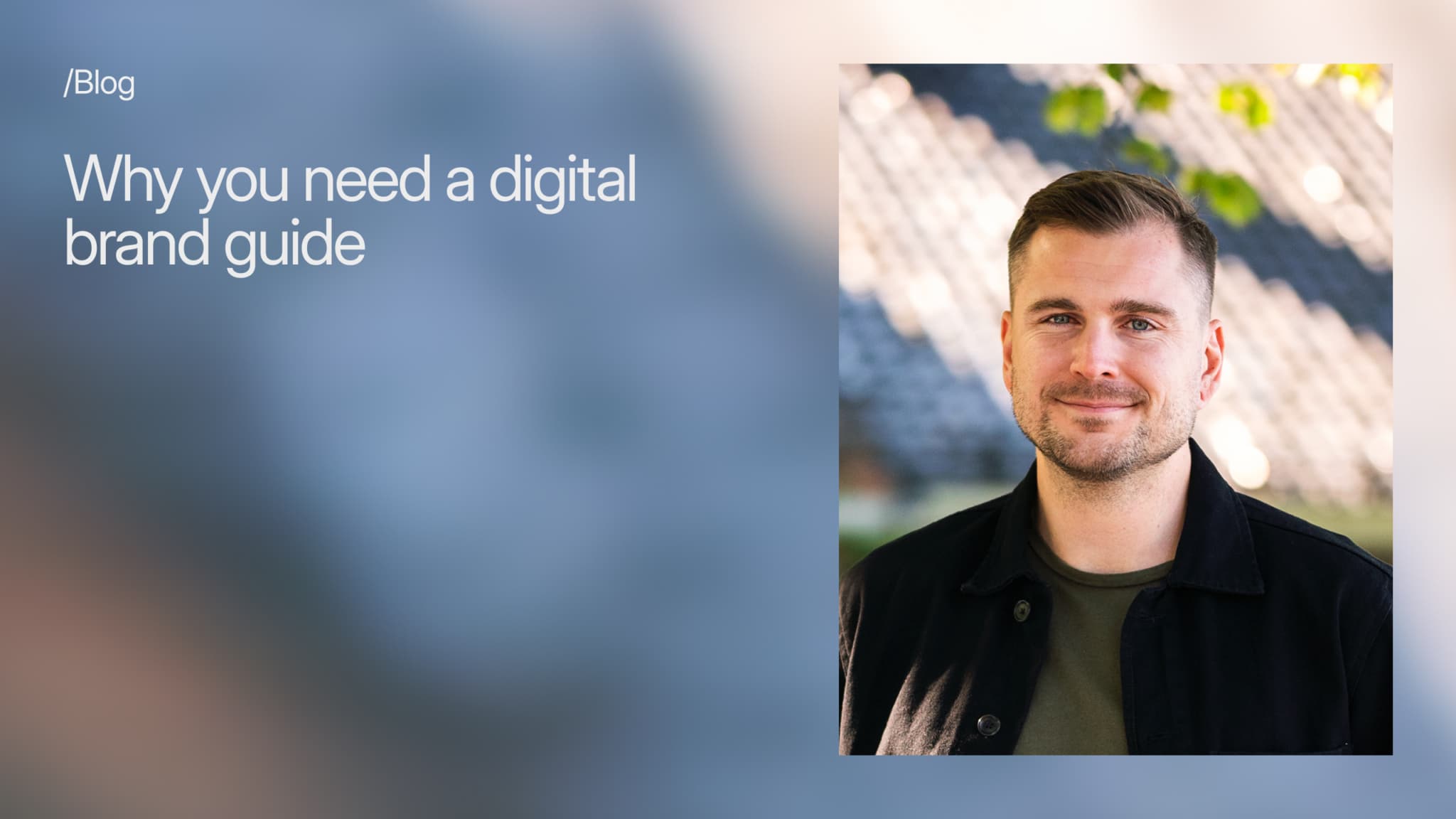The first impression is everything: Insights for a better digital experience

Published:
Research indicates that the first impression of your website can form within as little as 50 milliseconds of a visit. That means we need to capture the interest of visitors in the very first seconds. In this article we will focus on how to make a great first impression, how to stop your visitors from wandering off to competitors and look into some very interesting statistics from the latest report by Hotjar, the leading provider of product experience insights and user behaviour data.

Why is the first impression important?
The first impression is critical because it is the moment we form our initial opinions, in this case, about a website. Just as you aim to make a positive impression in a business meeting, your website should similarly aim to impress your customers.
In Hotjar's latest report "Coming in hot" we can see statistics on the importance of a great digital experience:
- 64% decide whether or not a website has the information they need in a few seconds
- 71% say that the first impression they get from a company’s website influence their brand loyalty
- 79% say that relevant pictures make them click to more pages
- 99% expect a seamless experience across platforms
- 93% would rather switch to another website than deal with slow loading times
Making sure that you leave your users with a great first impression and a memorable experience is an investment for your company. Avoiding it will only cause you less business and give your competitors more traffic and an advantage in the long run.
Securing the first impression - Above the fold
When you're selling something, it's essential to focus on what's in it for the customer. This is particularly important “above the fold”, the area at the top of the page that is visible without scrolling. Here, you should use straightforward communication combined with a visually pleasing first impression. But what makes a great first impression for one company is not necessarily the same for your company.
The fundamental elements to have above the fold:
- Value proposition - What is in it for them?
- Summary - what is your product or service?
- CTA (Call To Action) - How can customers quickly get what they need?
- Media element - Aim to trigger an emotion that resonates with the visitor
- Navigation - Users demand easy navigation
The combination of these elements varies depending on the page being designed. For a homepage, a broader approach may be appropriate, whereas a product page might focus more on specific features. But just because we aim to capture our visitors interest and engagement above the fold does not mean that below the fold, or other pages on your site are less important. Once you have your visitors engagement, you want to maintain it. This requires thoughtful design and content decisions across all pages, ensuring a seamless and compelling experience.

Landing page for Switchr with all critical elements visible above the fold, clear CTA, USP's (Unique Selling Points) and access to quick navigation.

Above the fold example of a product page for Utviklingsfondet. All information to make a purchase decision available right then and there for the customer.
Poor design can cost you business
It's important to avoid overwhelming your users with too much information at once. Research shows that about 95% of users prefer websites that aren’t cluttered. This means we want to achieve a neat and clean design that is thoughtful and focused on helping your visitors to solve their problems. Hotjar’s latest report on user behaviour clearly shows that layout and readability is of high importance.
- 95% of visitors care about how your content is structured
- 85% of visitors say that concise headlines encourage further interaction
- 83% will not engage further if straightforward information is not provided
Happy visitors = Happy business
Why a user might choose or not choose to pursue doing business depends on a lot of factors. But whether you are selling a product or a service we want our design to increase the chances of conversion. And that means making sure your visitors have a great experience and first impression.
Studies have found that following reasons lead to a higher exit rate:
- If they cant find product prices within 3 clicks
- 83% due to lack of straightforward information
- 76% due to difficulty navigating the site
- 92% say that cluttered website makes them choose a competitor
- 74% typically exit the page when encountering unecessary pop-ups

Above the fold front page example of Zaptec's site. Before the user scrolls we have connected the product to an environment the user can identify themselves in, triggering emotions, quick access to identify what charger they need, and the most important pages accessible for the user in the header.
Optimizing your site is an ongoing process
Optimizing your site and maintaining relevance for your users is a continuous task. To boost conversions, whether selling products, encouraging newsletter sign-ups, or facilitating contact inquiries, you need to continuously track, analyze, and improve your site using tools like:
- Hotjar to track user behaviour
- Plausible or GA4 to analyse traffic and user behaviour
- AttentionInsight for heatmap analysis of wireframes/design changes
- Google Tag Manager, GA4 and UTM to track events and inbound traffic
- User surveys
- SEMrush to increase relevant traffic volume

AI generated heatmap used in the design-phase for a landing page. Using AI heatmaps on the design phase allows us to make decisions that are more likely to satisfy the user from the get go

Google survey implemented on a website to analyze customer satisfaction and impression of their experience on the site
Conclusion
Creating a strong first impression with your website is essential. It’s about quickly showing value and clarity the moment someone visits your page. The design should be clean and straightforward, focusing on easy navigation and quick access to information, as these factors are key to keeping visitors engaged and interested in what you have to offer.
Regular updates and thoughtful analysis of user behavior using tools like Hotjar, Plausible or GA4 are crucial. They help you understand your customers and keep up with expectations and improve where necessary. Investing in your website’s first impression not only ensures a pleasing experience for visitors but also helps convert them into loyal customers.


